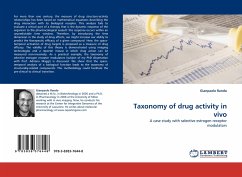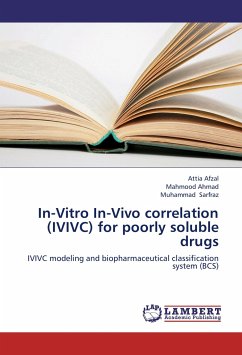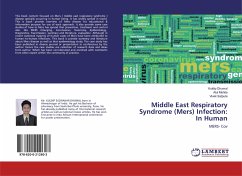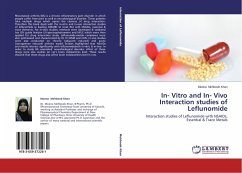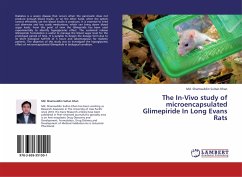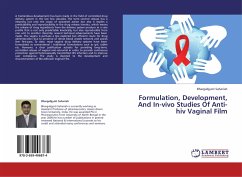For more than one century, the measure of drug structure-activity relationships has been based on mathematical equations describing the drug interaction with its biological receptor. This analysis fails to evaluate a critical part of a therapy that is the dynamic response of the organism to the pharmacological assault: this response occurs within an unpredictable time window. Therefore, by introducing the time dimension in the study of drug effects, we might increase our ability to predict the therapeutic efficacy of a given compound. Here, the space-temporal activation of drug targets is proposed as a measure of drug efficacy. The validity of this theory is demonstrated using imaging technologies and a reporter mouse in which drug action can be measured non-invasively. As a practical example, the taxonomy of selective estrogen receptor modulators (subject of my PhD dissertation with Prof. Adriana Maggi) is discussed. We show that the space-temporal analysis of a biological function leads to the taxonomy of structurally-related compounds. This methodology could facilitate the pre-clinical to clinical transition.
